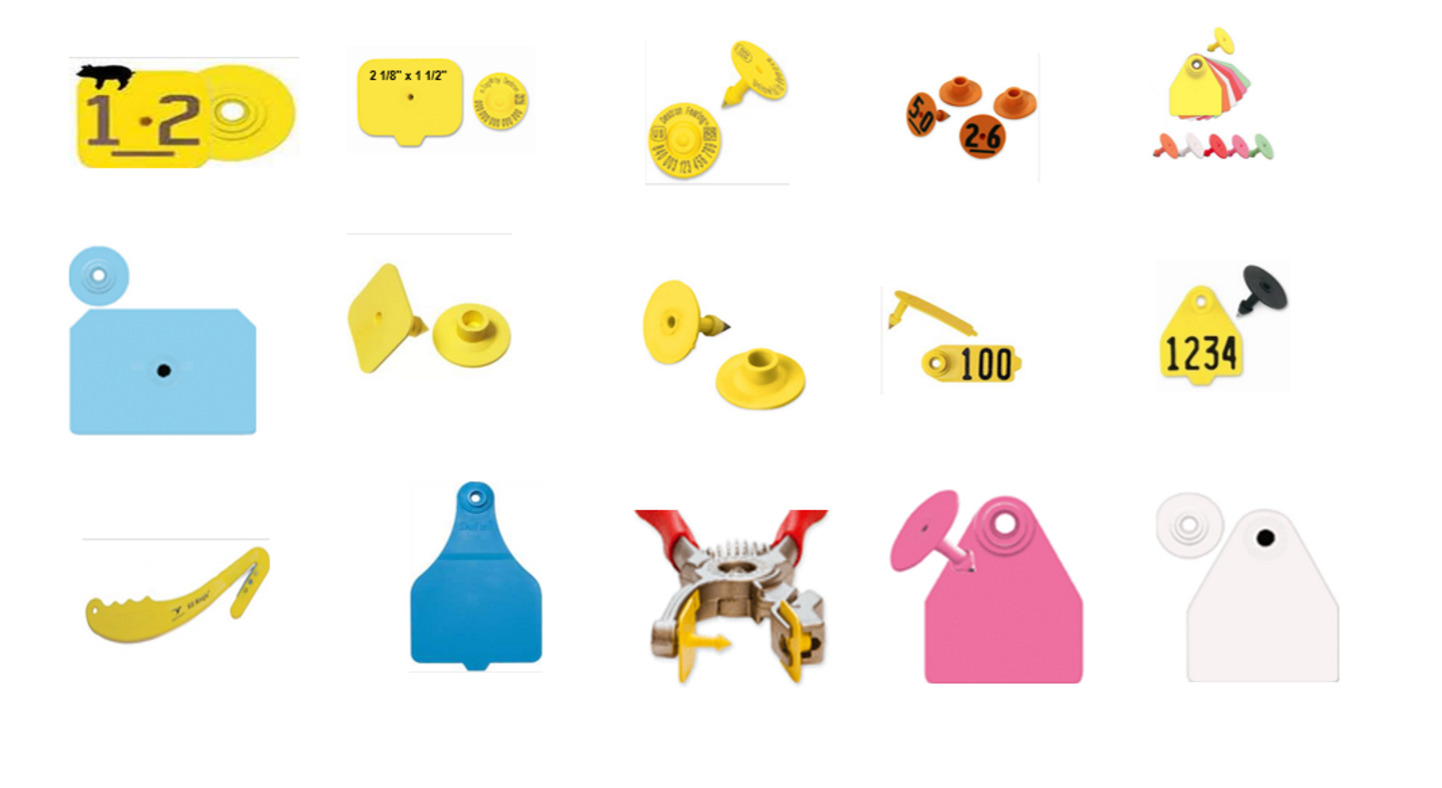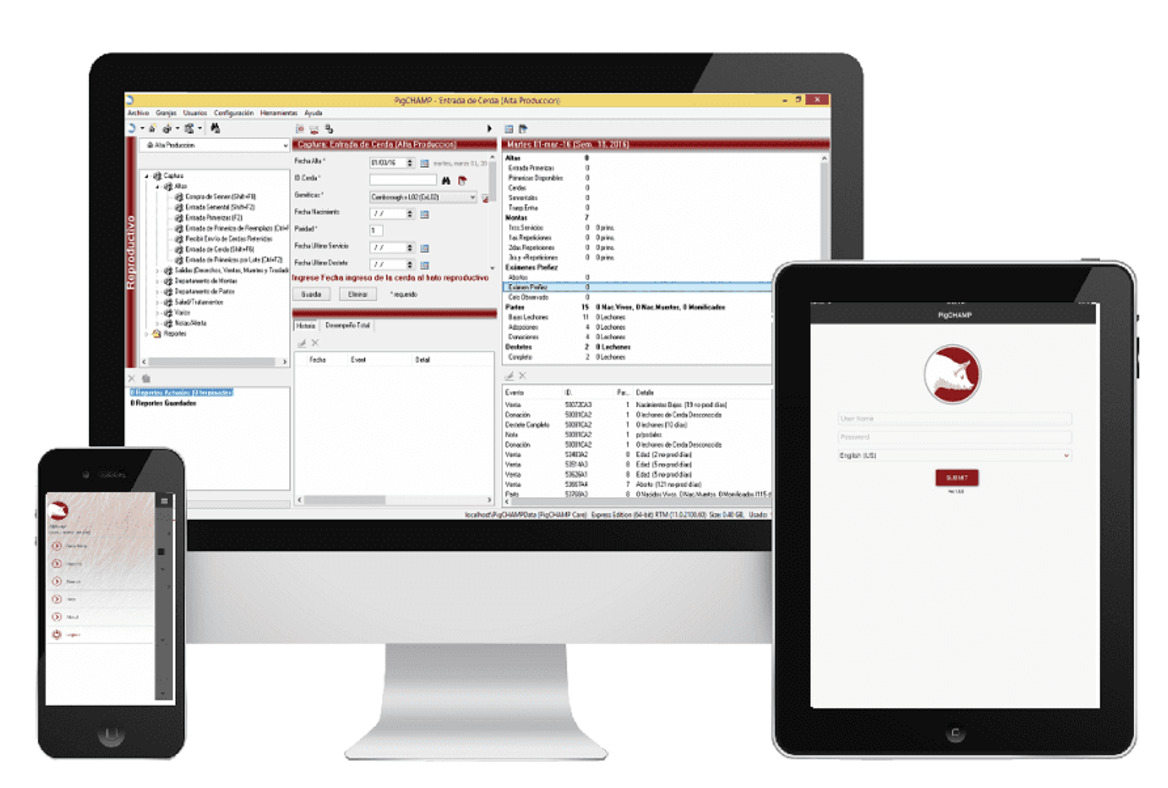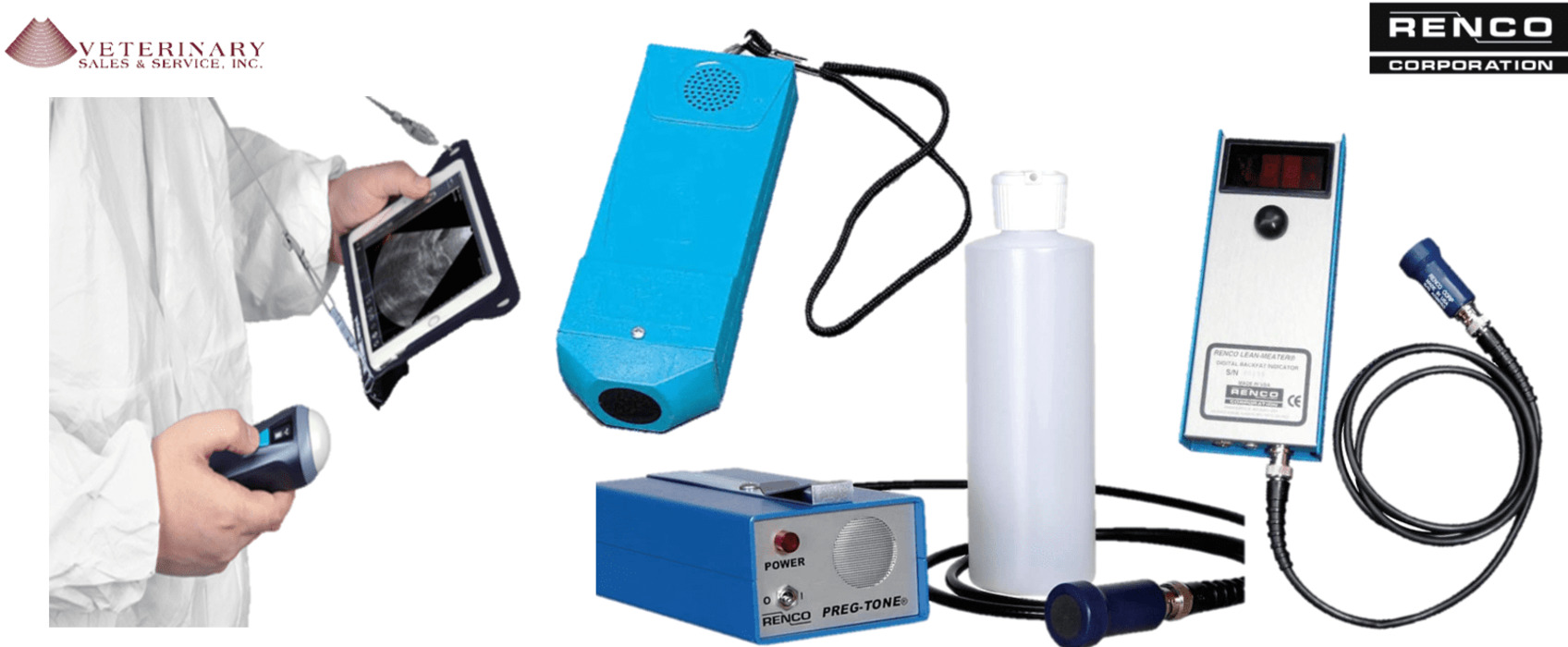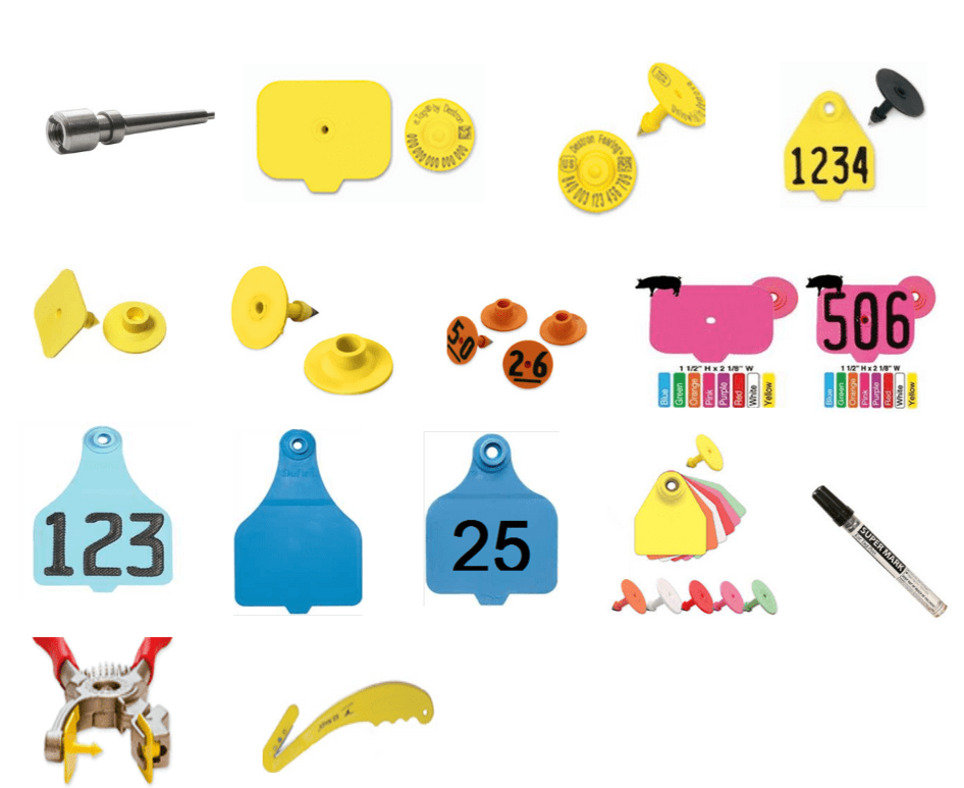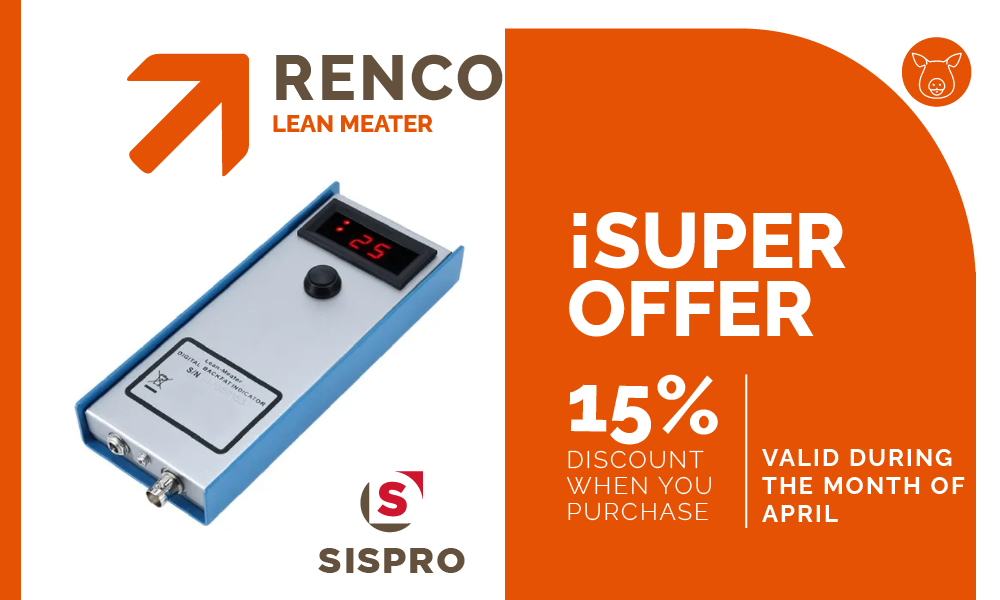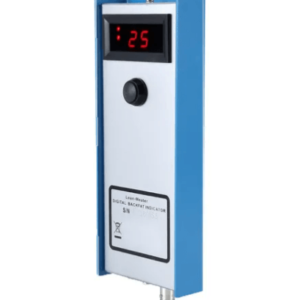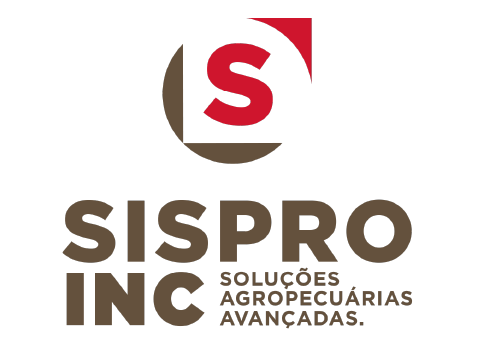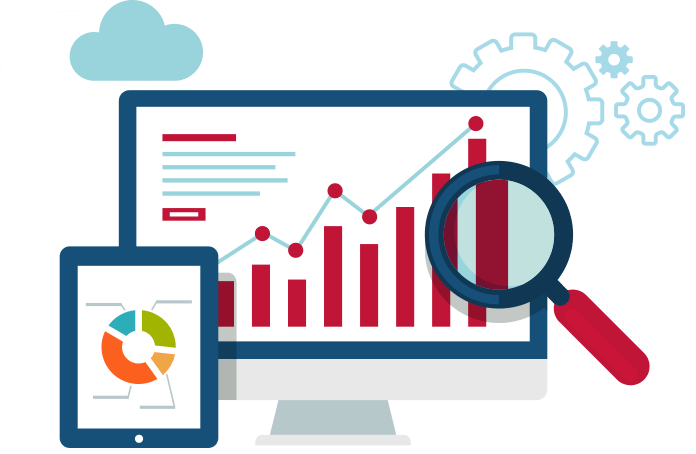Raising pigs for food began over 9,000 years ago, yet the biological fundamentals have not dramatically changed.
Environmentally controlled conditions, artificial insemination, genetic selection and nutrition have all advanced, but what “Mother Nature” created has not changed. The biggest advances have been in equipment, as operations have become larger over the years and standardized to reduce costs. This will remain part of the industry in the future.
The growth in the amount of pork produced per animal in the U.S. breeding herd in the last 50 years is up 241%, an average growth of 4.82% annually and this increased productivity growth is needed to stay competitive with other pork-producing countries moving forward.
“The growth in the amount of pork produced per animal in the U.S. breeding herd in the last 50 years is up 241%, an average growth of 4.82% annually.”
In the past 20 years thinner profit margins and higher capital requirements have emphasized the need for economies of scale. There are now fewer hog farms controlling more market share and more vertically integrated operations based on these economies of scale. This trend is expected to continue over the next 10-20 years as consolidation continues.
Packers may also follow this consolidation theme. The industry will see further changes and refinements, but production will continue to grow with more emphasis placed on environmental restrictions, animal welfare legislation, and global pork production. Expanding markets will be good for the hog industry. For those producers who can adapt to the changing environment as outlined above, as well as drive efficiencies to the bottom line, returns could be very good.
“North American producers will need to remain competitive and continue to out-perform their low-cost competitors and counter with higher quality pork to meet the increasing demand in both wealthy countries and those developing countries with rapidly growing populations and per capita incomes.”
Over the next 10-20 years pork production companies will continue to grow, but mostly by acquisition. Genetics have come a long way and growth from past genetic improvements will continue, but more through nutritional and technology breakthroughs.
Pork producers will increasingly need to focus on sustainability practices, that reduce the overall impact of pork production to the environment.
It goes without saying that animal Identification and traceability to keep pork safe and avoid disease outbreaks like African Swine Fever (ASF) will continue to be of paramount importance.
Disease management will remain a challenge for hog producers, whether it is with Porcine Reproductive and Respiratory Syndrome (PRRS) 30 years ago, or in 2020 and beyond. Companies will need to continue to enforce strict bio-security policies and procedures around the globe on all farms and at every step of the production process.
Pork is the meat of choice for the world. There will be an increased need for pork production over the next decade. North American producers will need to remain competitive and continue to out-perform their low-cost competitors and counter with higher quality pork to meet the increasing demand in both wealthy countries and those developing countries with rapidly growing populations and per capita incomes.
Asia presents a growth market with 25+ year projections of income growth and a rising middle class that demands more protein. It is critical that the industry find ways to align the interests of producers with retailers, foodservice companies and packers for long-term success. While, as noted above, the industry needs to continue to raise the bar on environmental, animal welfare, safety and pork quality to remain competitive.
Software and AI (Artificial Intelligence) will play an increasing role, with the ability to predict disease outbreaks or detect ventilation problems instantly, as well as monitor pig weight growth and efficiency. Animal welfare will be better served as there will be more eyes watching the hog’s well being.
Labor shortages on farms and at packing plants drove much of the consolidation noted above, innovative labour solutions are needed to prevent a price disaster as the industry grows over time.
The U.S. pork industry is predicted to become much more labor efficient and productive in the next 10-20 years, as automation and new tools will become more prominent. This will mean the workforce of the future will need different skills sets to meet new technology and AI demands.
“Software and Artificial Intelligence will play an increasing role, with the ability to predict disease outbreaks or detect ventilation problems instantly, as well as monitor pig weight growth and efficiency.”
The last few years have demanded that the industry be prepared for the unexpected, with everything from disease outbreaks like ASF in Europe and Asia, to tariff wars between pork-producing nations, to demand destructions from “Black Swan” events like COVID-19.
For those pork producers that can meet the demands outlined above, there is a bright future!
by Maurizio “Moe” Agostino
